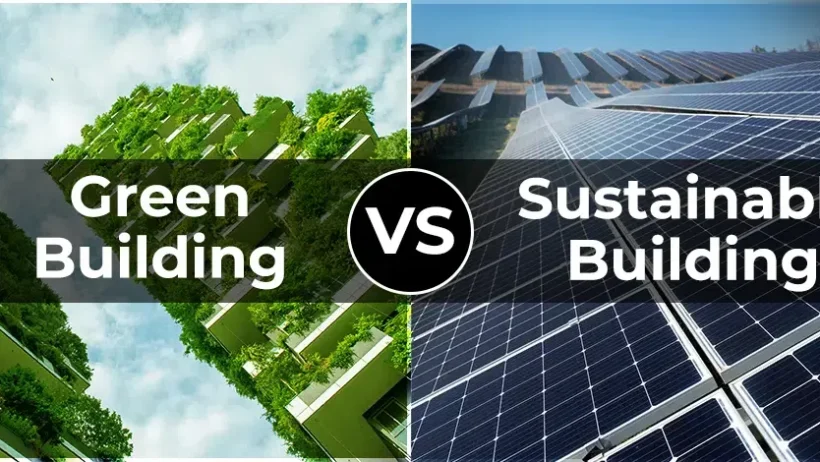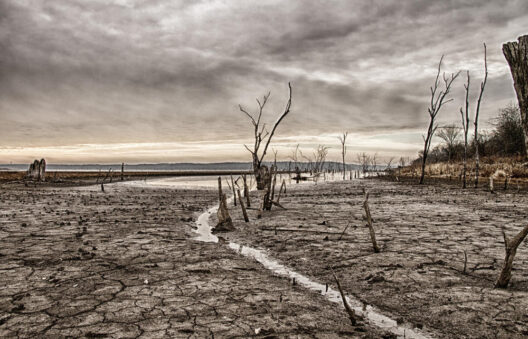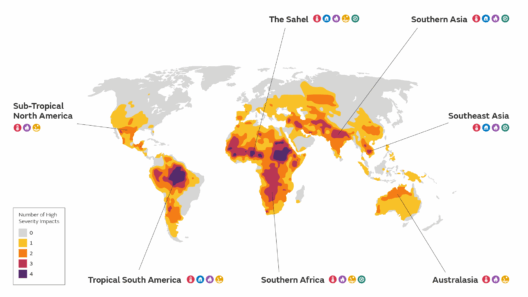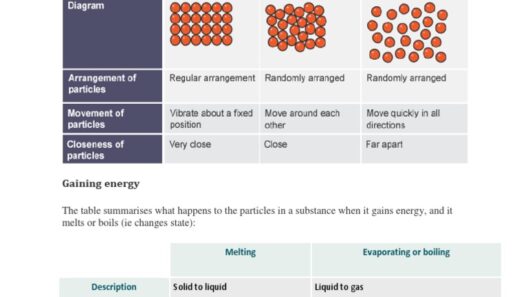In recent years, the growing discourse around climate change has necessitated an urgent dialogue about sustainable practices, especially in the realm of energy consumption. Energy conservation has emerged not only as a prudent consumer choice but as a cornerstone principle of the New Green Deal—a sweeping initiative aimed at redefining how economies function in relation to the environment. This ambitious framework seeks to address the multifaceted challenges that climate change presents while promoting job creation and economic viability in a sustainable manner.
So, how does energy conservation fit into the broader narrative of the New Green Deal? One might ask: is it feasible to simultaneously reduce our carbon footprint while fostering economic growth? Indeed, this poses an intriguing challenge, as the intersection of environmental stewardship and economic development requires ingenuity and determination.
At its core, the New Green Deal posits that a sustainable future is not just a utopian dream but an attainable reality. Energy conservation is one key mechanism toward this goal. By utilizing resources more efficiently, we allow for a reduction in unnecessary energy expenditures. This approach can drastically decrease dependence on fossil fuels, thus mitigating greenhouse gas emissions. But how can we successfully implement such changes across various sectors?
Firstly, it is imperative to revisit our infrastructure. Traditional buildings are notorious for their energy inefficiencies. They often rely heavily on outdated systems that waste resources. Retrofitting existing structures with energy-efficient technology—such as energy-efficient HVAC systems, LED lighting, and improved insulation—can significantly reduce operational costs. Moreover, new constructions should adhere to green building standards, ensuring that they are designed to minimize energy consumption. Incorporating smart building technology, which optimizes energy use based on occupancy and weather conditions, represents a tangible step toward sustainability.
However, energy conservation extends beyond merely reengineering infrastructure. Behavioral modifications at the community and individual levels are equally vital. Initiatives that promote energy awareness—through education and incentives—can empower individuals to make conscientious choices: turning off lights when not in use, utilizing public transportation, or making the switch to renewable energy sources for home electricity needs. Moreover, community-based programs advocating for solar panel installation not only reduce reliance on fossil fuels but also encourage a collective movement toward sustainability.
Nevertheless, the transition to a green economy presents its own set of challenges. What happens when the drive for energy conservation collides with the demands of industry growth? Businesses may perceive energy-saving measures as hindrances to productivity or profitability. Consequently, it is essential to foster partnerships between governmental agencies, private companies, and non-profit organizations. This triad can engender innovative solutions that balance growth with sustainability. For instance, tax incentives for companies pursuing energy-efficient operations can bridge the gap between profit margins and environmental responsibility.
In tandem with these strategies, policymakers must champion stringent legislation designed to enforce energy conservation across all sectors. Implementing energy performance standards for appliances and vehicles will ensure that manufacturers prioritize efficiency in their designs. Additionally, states can offer grant programs to help fund initiatives aimed at improving energy efficiency in low-income communities, promoting social equity in the face of climate change.
As society pivots toward a greener future, renewable energy sources will play an indispensable role. Transitioning to wind, solar, and hydropower not only reduces dependence on fossil fuels but also stimulates economic development through the creation of green jobs. However, the question arises: Can we adequately scale these technologies to meet growing energy demands without compromising their sustainability? This challenge underscores the need for research and development in energy storage solutions and smart grid technologies, essential for harnessing renewable resources effectively.
Furthermore, establishing a circular economy can significantly enhance energy conservation efforts. The concept hinges on minimizing waste and maximizing resource efficiency. By designing products with their entire lifecycle in mind—encouraging reuse, repair, and recycling—we can drastically decrease the energy expended in production and waste management. Such practices coincide with the tenets of the New Green Deal, which advocates for an integrated approach to environmental issues, social equity, and economic stability.
With the inexorable march of climate change, we face a definitive crossroads: do we persist in our current trajectories, or do we embrace the radical alterations required to create a sustainable tomorrow? Energy conservation, under the auspices of the New Green Deal, holds the key to not only mitigating climate change but transforming our economic landscape. Reflecting on this ideal, we must ask ourselves a critical question: How can each individual and community harness their collective power to effectuate meaningful change?
Despite the daunting challenges ahead, the path forward is illuminated by vision, collaboration, and a commitment to stewardship. The collective endeavor of conserving energy within the framework of the New Green Deal not only paves the way for environmental responsibility but also fosters economic vitality. We thus stand at a pivotal juncture, faced with the promise of sustainable development and the imperative to enact real, lasting change. In this pursuit, each action—no matter how small—has the potential to propel us toward a sustainable future, ensuring that we safeguard our planet for generations to come.








